Wild Play
WILD PLAY Garden - at Centennial Park
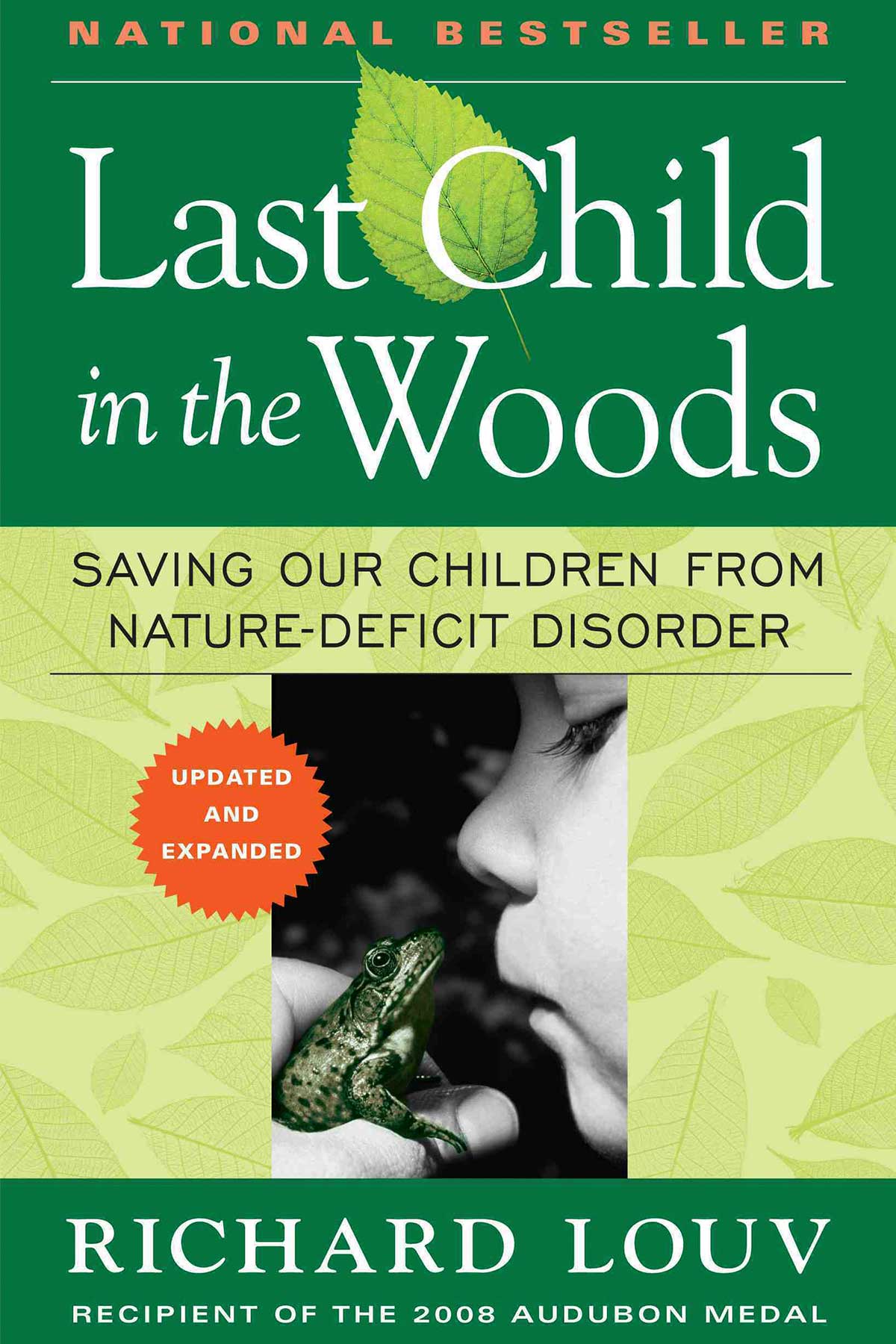
“Nature-deficit disorder is not an official diagnosis but a way of viewing the problem, and describes the human costs of alienation from nature, among them: diminished use of the senses, attention difficulties, and higher rates of physical and emotional illnesses. The disorder can be detected in individuals, families, and communities.”
The Ian Potter Children’s WILD PLAY Garden opens in Centennial Park and it is a $4M state-of-the-art nature play space designed to engage the five senses, and help reconnect children to nature. Complete with water, natural vegetation and soaring heights, children have the chance to get lost in the wonderment of nature. WILD PLAY features dry creek beds, an arteisan water play area, a bamboo forest, banksia tunnels, turtle mounds and the Park’s first tree house. It’s a dramatic landscape in which children are encouraged to run, jump, play, learn and discover the wild side of life.
Children today are growing up with Nature Deficit Disorder according to author Richard Louv’s book, Last Child in the Woods.
Climbing trees should be a childhood rite of passage, playground equipment doesn’t quite cut it. There are so many life lessons in a simple act of climbing a tree, and important for their development; physically, psychologically and emotionally. They learn things such as sensory awareness, risk assessment, patience, challenging themselves and working through fear, developing balance and other motor skills.
It’s so important to create inspirational and engaging outdoor spaces for children to engage in Wild Play. For their healthy development, children need to explore, learn from and connect with the natural environment. We’re not just talking about playgrounds and picnic areas, we mean outdoor spaces with unique character that offer a diverse range of experiences that are as close as possible to wilderness. Children need to be able to dig in the dirt, make mud pies and cubbies and these activities are undeniably wholesome compared to watching tv, playing computer games or on iPhones. As human beings we are meant to have close and important relationships with the natural world. This is especially true for the children as we need to cultivate in them a curiosity and sense of inquiry and hopefulness about the natural world.
Wild Play gardens are about nature-based learning in an inquiry, child-led, play-based, social constructivist, hands-on experiential style that also ignites children’s imagination and sense of wonder and excitement about nature. It is not content bases but rather process based. Through the process of wild play the child learns and assimilates new information and increases problem-solving through divergent thinking.
Engaging children in ‘wild play’ enable them to observe the natural environment, guiding them on a path towards environmental awareness and guardianship. Their wellbeing improves, they learn problem solving skills, develop their imagination, build self-motivation and increase their learning capacity. If children do not have a relationship with the earth, then they will not care what happens to it. Through their connections to the natural environment, children will become invested in protecting the future of the planet.
WILD PLAY GARDEN now open from 10am – 5pm daily.
_
House & Garden
A big thanks to House and Garden for featuring this beautiful oasis in their November issue.
from Studio Nucleo
Following its recent acquisition by the Vitra Design Museum, Studio Nucleo has reintroduced one of its most iconic and forward-thinking projects: the Terra Chair.
Winners Announced
The LDI has announced the winners of the 2025 National Landscape Design Awards, in a stellar celebration held at Terrace on the Domain, overlooking the Royal Botanic Gardens in Sydney.
Urban Legend
Thanks to Home Beautiful Magazine for featuring this once-drab outdoor space in Sydney’s inner west, which is now an entertainer’s delight.
House & Garden Magazine
A Garden for Gathering, for Cooling Off, for Slowing Down
House & Garden
A beautiful Sydney bungalow where the client’s brief was that they wanted connection and light.
Sotheby’s & ARD
Adam Robinson in conversation with Zakir Abdallaoui from Sotheby’s, Woollahra.
The Pros and Cons of a Seamless Outdoor Solution
When it comes to transforming an outdoor space into something truly functional and refined, built-in furniture offers a timeless and sophisticated solution.
Mud Australia
A sleek, portable, and rechargeable LED light crafted from a single piece of hand-formed porcelain.
Queens Park Landscape Design Project
This enchanting Moroccan riad-inspired garden is nestled within the grounds of a stately home, where grand, decorative arches form the very heart of its architectural foundation
Featured Project
A big thank you to PADDO LOCAL Magazine for featuring one of our latest projects in Sydney's charming Paddington!
Birchgrove Landscape Design Project
This stately harbourside terrace’s outdoor spaces are all about entertaining friends and family of the owners with expansive, comfortable furniture and shading options.
Forest Lodge Landscape Design Project
We gave this modest sized courtyard a complete overhaul, transforming it into a modern, edgy, informal space.
Summer Collections Unveiling
Harbour, the renowned Australian luxury outdoor furniture brand, has unveiled its latest collections in anticipation of the summer season.
2024 Landscape Excellence Awards
The annual TLA Landscape Excellence Awards celebrate the very highest standards and achievement in Landscape Construction, Design and Maintenance, both in the Residential and Commercial sectors.
Sydney Landscape Design Projects
New landscape design projects in Bronte and Queens Park from our award-winning team.
Featured Project
We were excited to see one of our standout projects featured in this month's Belle Magazine.
Adam Robinson Design Sydney
We are thrilled to announce that Adam Robinson Garden Design has won InsideOut and Brickworks Home of the Year 2024 Best Garden Design for our Modern Mediterranean entry.
Of Note x Adam Robinson Design
Of Note and Adam Robinson Design are excited to introduce MYCELLIUM, a collaborative creation designed to renew and recentre your spirit.
Of Note x Adam Robinson Design
We are so excited to launch our own handcrafted incense from Bali made from aromatic, natural hand-selected powdered herbs, spices, roots and woods.
Woolooware
We created these moody, minimalist exteriors with an effortless elegance for a client who developed a luxury duplex, with his son as the builder on the project.
Balgowlah Heights
Adam Robinson Design had the pleasure of collaborating with Cadence & Co on this majestic, modern mediterranean home.
Romantic Gardens Are Making A Comeback
This elegant home in Sydney’s eastern suburbs was a collaborative project between architect and interior designer.
Woollahra Entertainer’s Terrace project
We are always grateful for the pleasure of working in collaboration with great designers like Alexandra Kidd Interior Design.
Grand Designs Australia
It was great to read the latest Grand Designs magazine and specifically the article, Make Comfort Happen.
National Landscape Design Awards 2024
The event was a great success, it was a wonderful opportunity to celebrate each other’s work, be entertained, inspired, and mix with the biggest names in the industry.
Paddington Sanctuary Project
Complete with plunge pool, a daybed for lounging, and all the outdoor essential dining and cooking facilities.
with Raine & Horne
We turned around a complete landscape design makeover in six weeks for this urgent property sale in Redfern.


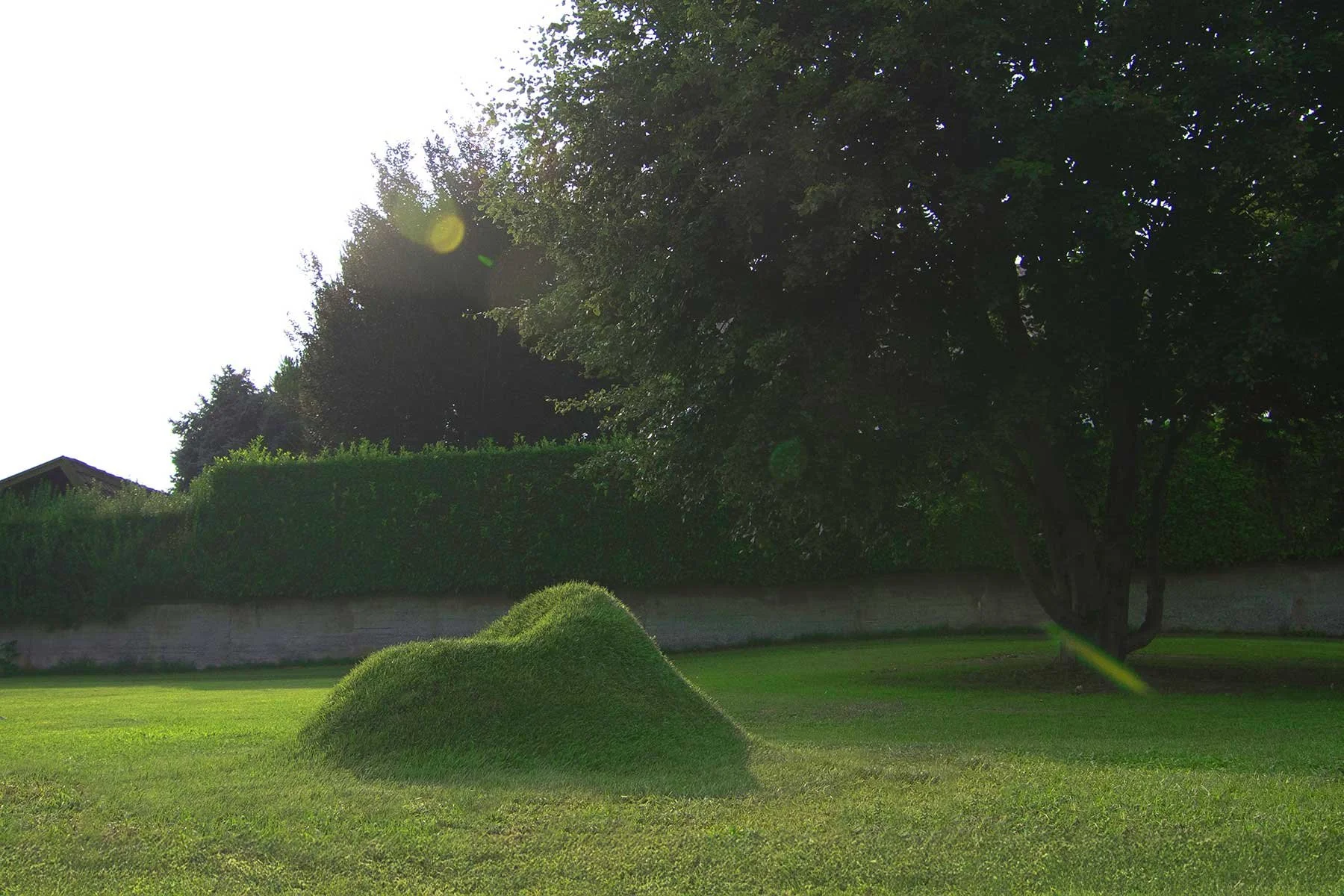

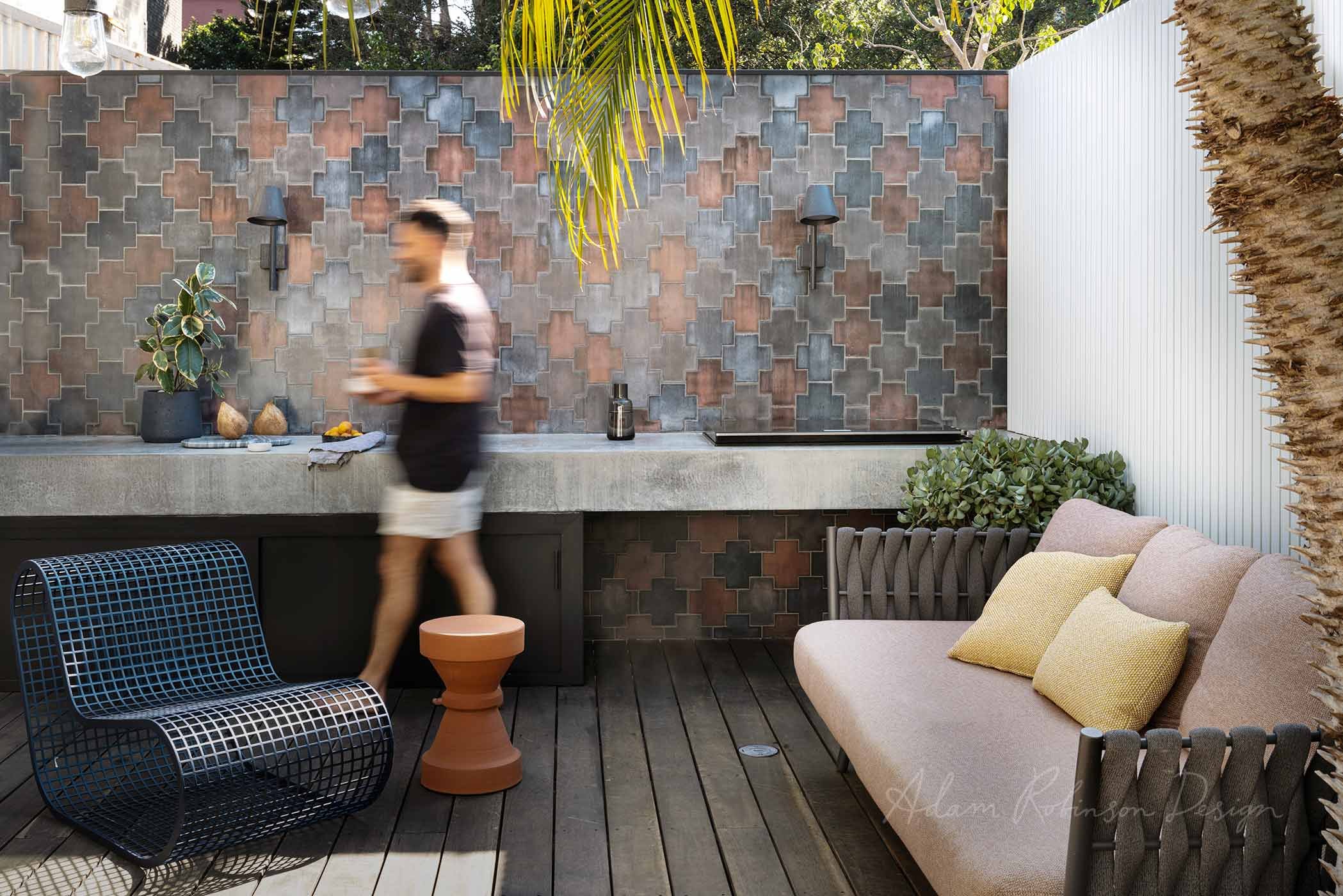





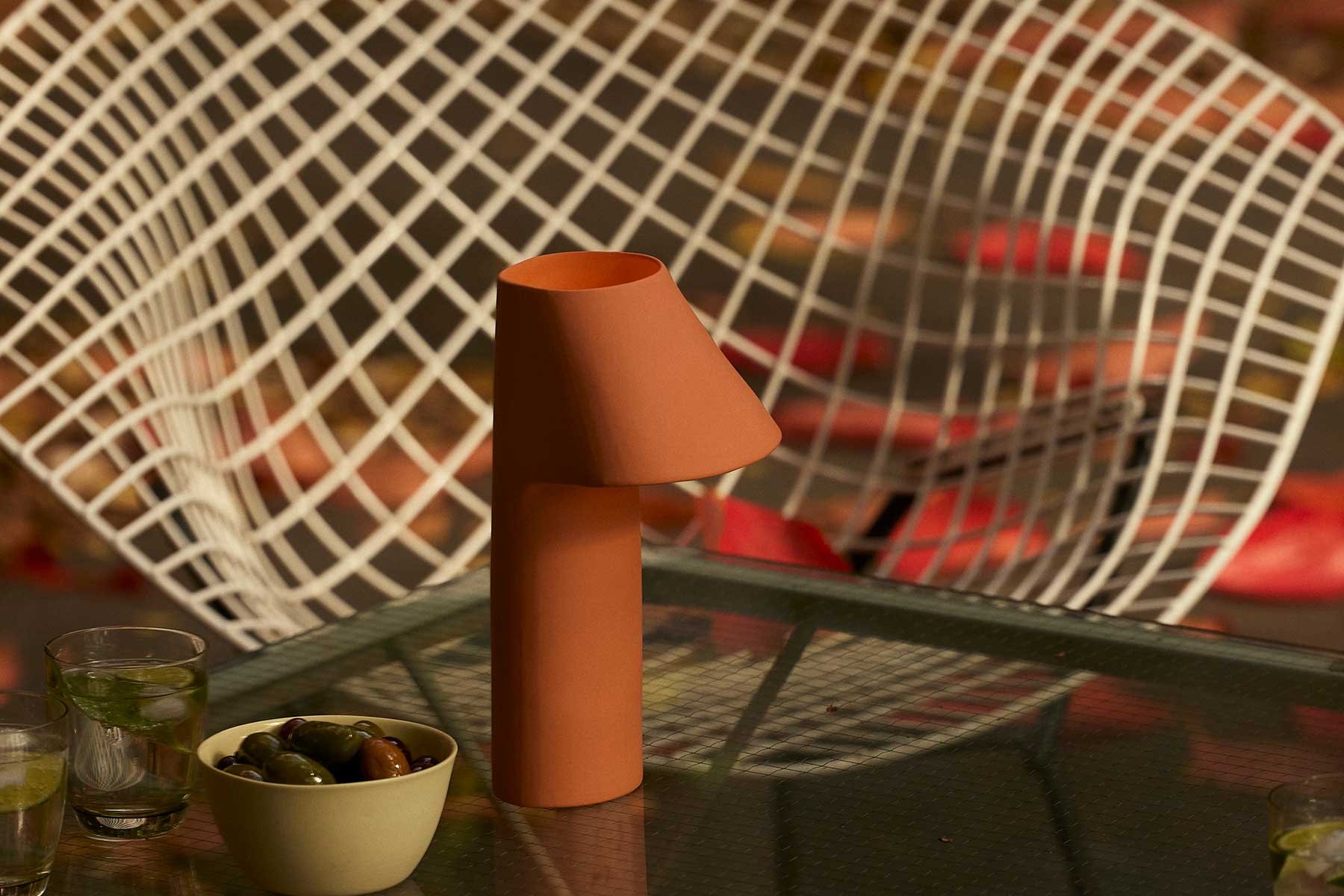







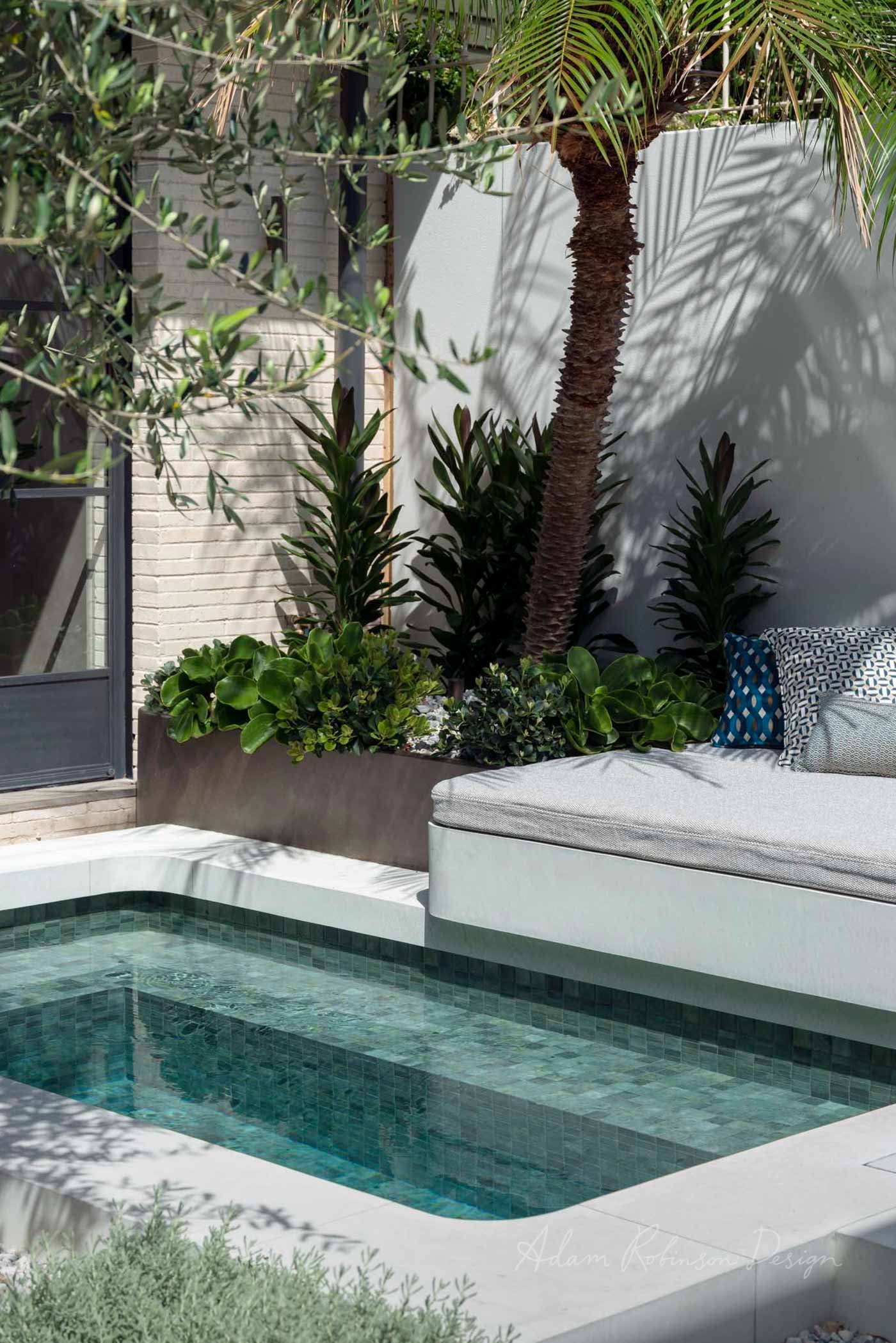





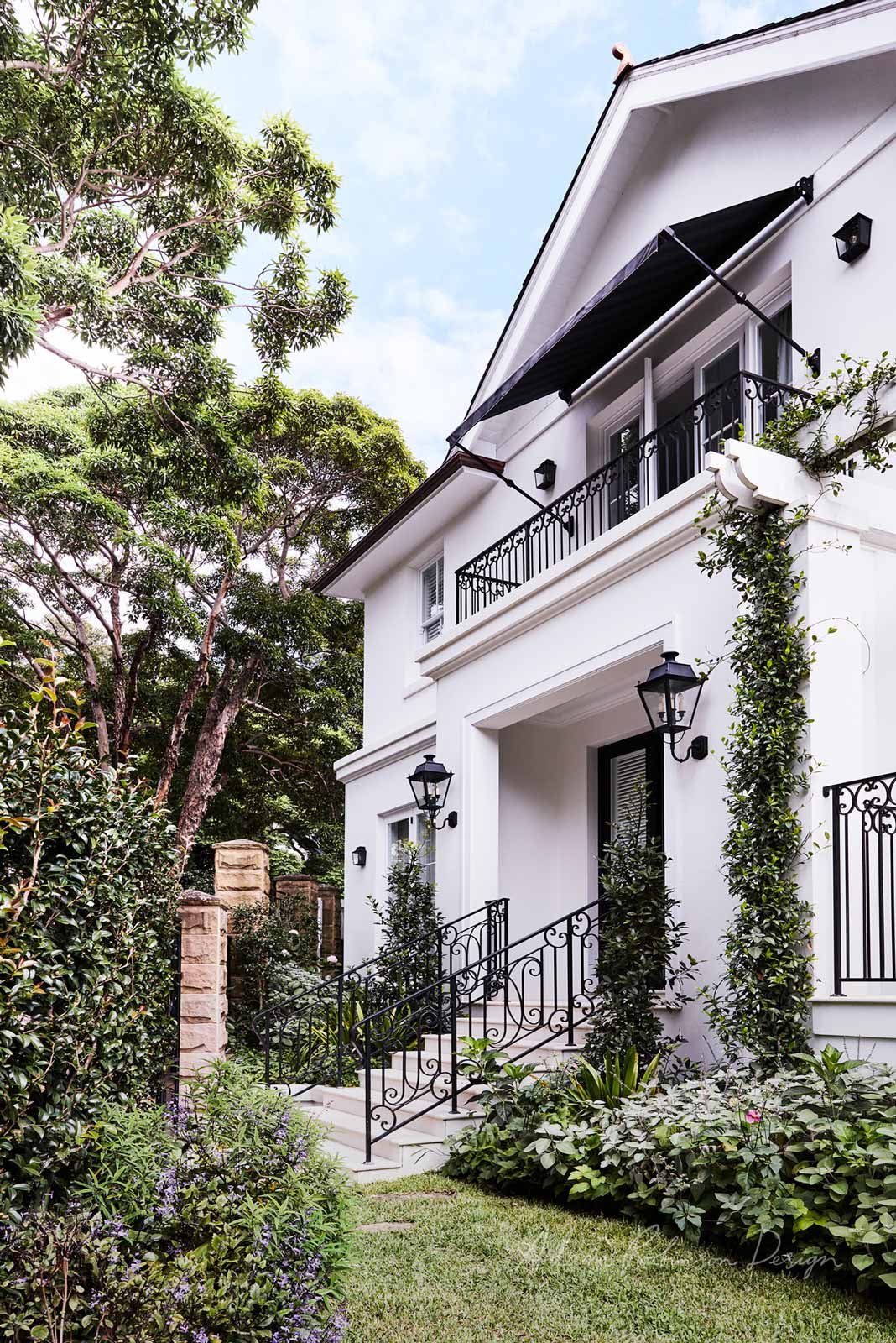





As featured in Adore Magazine
Thanks to Adore Magazine for featuring this lovely entrance we designed for a front garden by the sea.